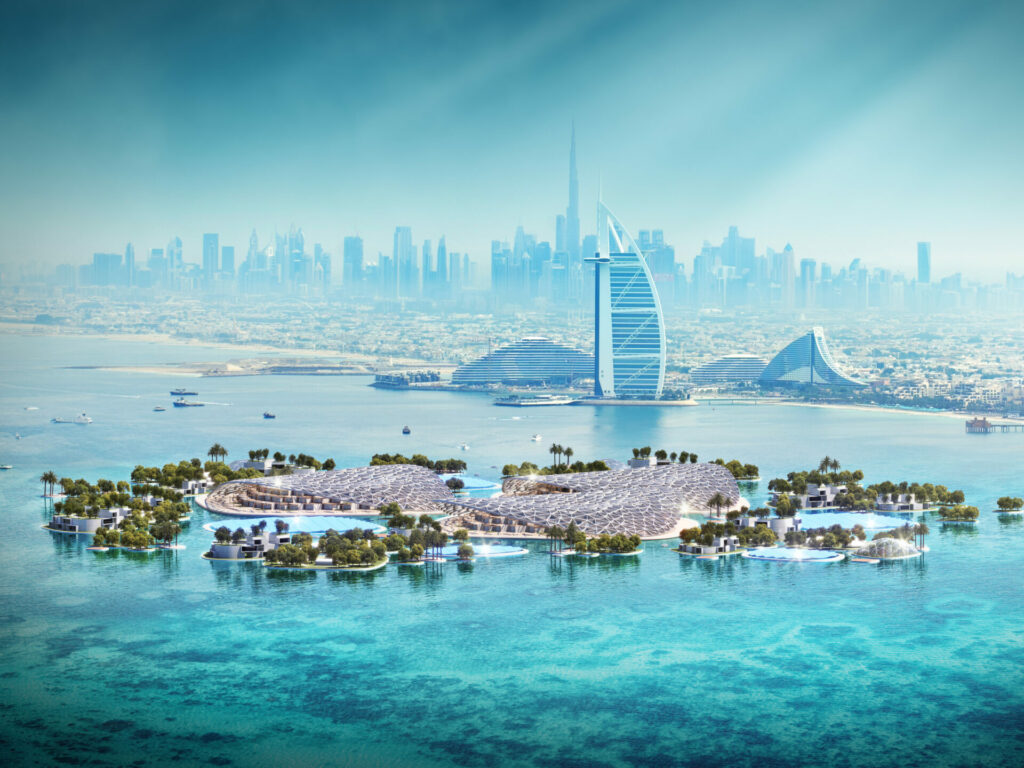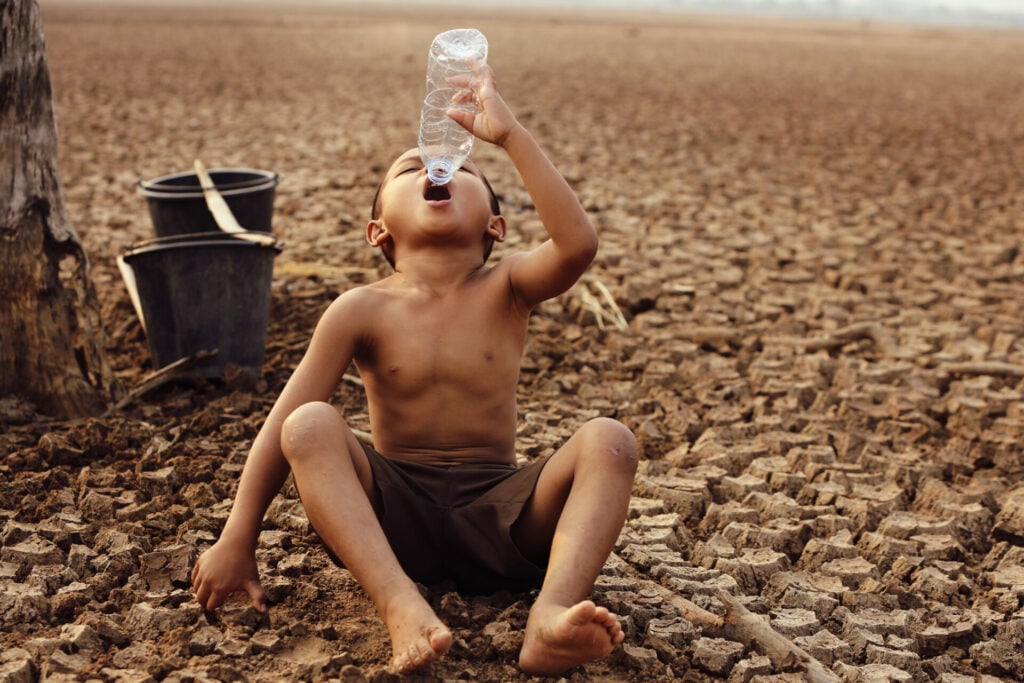Temperatures in India’s capital city of Delhi have hit a historic record high of 50.5C, with water supplies badly hit.
The India Meteorological Department (IMD), noted ‘severe heat-wave conditions’, as its staff recorded the temperature in the suburb of Mungeshpur, breaking the landmark 50C measurement for the first time in the city.
Scientists say that although India can see very high summer temperatures, climate change is causing heatwaves to become longer, more frequent and more intense.
Residents of Delhi have told of fingers being scorched from touching the steering wheel of a car, and tap water coming out at boiling temperatures.
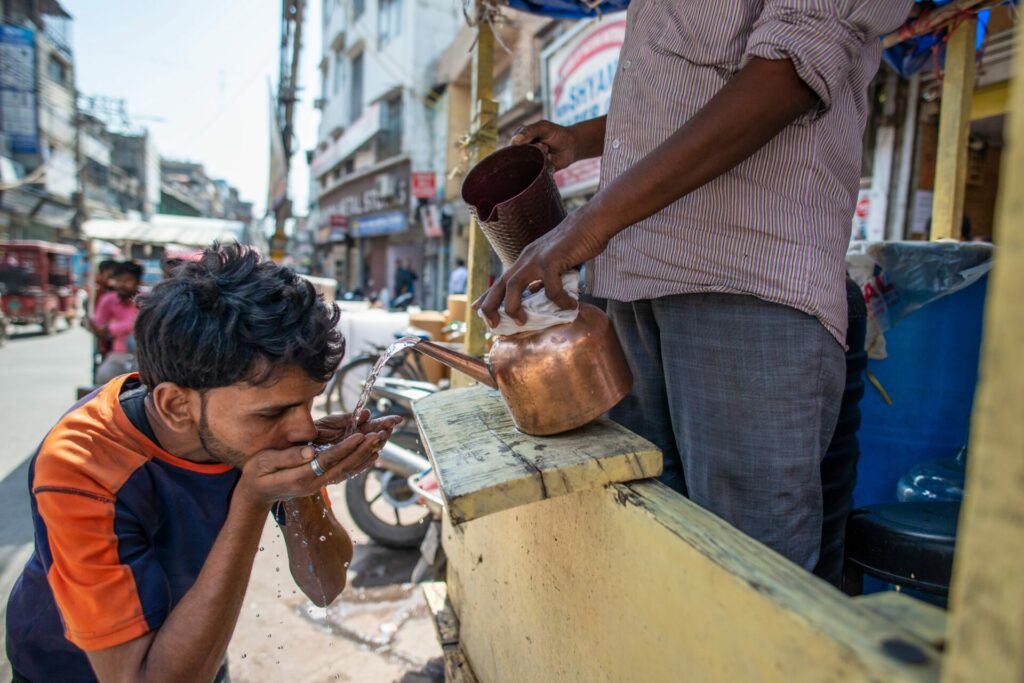
The temperature was more than nine degrees higher than expected, the IMD said, and came on Wednesday May 29th the second day of record-breaking heat. On Tuesday a high of 49.9C had been hit in Mungeshpur and Narela, breaking the 2002 record of 49.2C.
Experts warned of the temperature’s impact on health, especially for children, elderly people and those with chronic diseases citing a ‘very high likelihood of developing heat illness and heat stroke in all ages’, with ‘extreme care needed for vulnerable people’.
Delhi Water Restrictions
Delhi’s local government also restricted the supply of water because of the heat saying water levels in the Yamuna River, the main source, were low.
The city does not have uninterrupted water supply at any time but officials said neighbourhoods that received water for about hours two times a day would be subject to further restrictions.
‘I appeal to all the residents that whether there is a water problem in your area or not, please use water very carefully,’ Water Minister Atishi, who uses only one name, said.
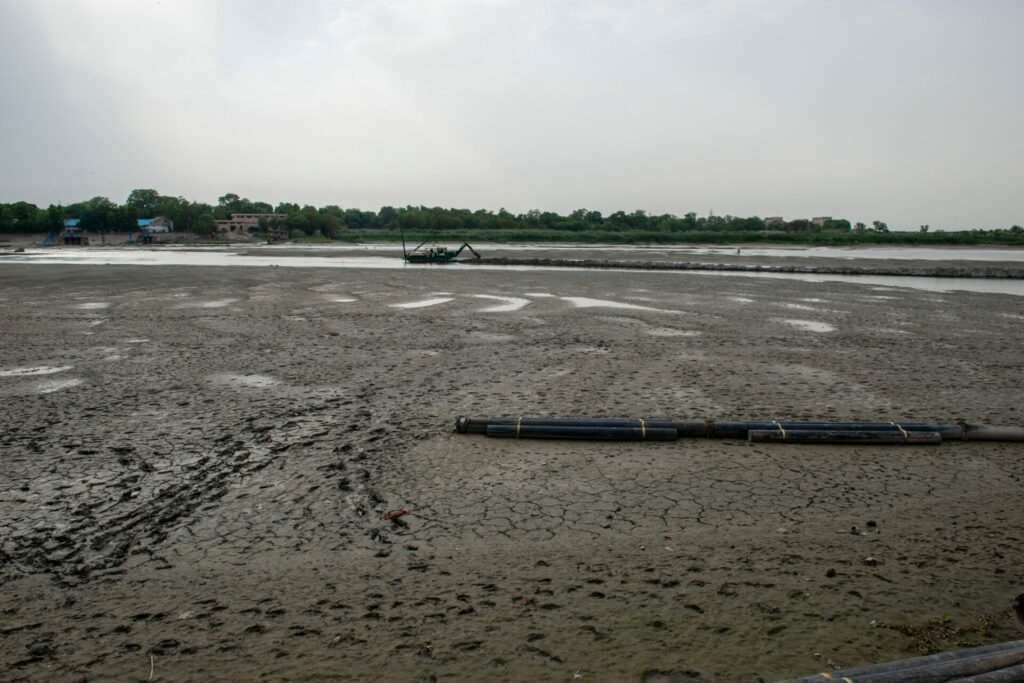
While some Indians can afford to use air conditioners and water coolers to beat the heat, half of the country’s workforce is compelled to work outside with little to no respite throughout the day.
The country has recorded five deaths due to suspected heat stroke so far, but experts said the actual number could be far higher.
Contributing factors to the heatwave include soaring temperatures on scorching winds from Rajasthan state, where temperatures on Tuesday also reached 50.5C.
However, experts pointed out that the capital city’s urban sprawl and lack of green spaces were responsible as well.
‘In open areas with vacant land, there is increased radiation. Direct sunlight and lack of shade make these regions exceptionally hot,’ Mahesh Palawat, vice president of Meteorology and Climate Change at monitoring agency Skymet Weather.
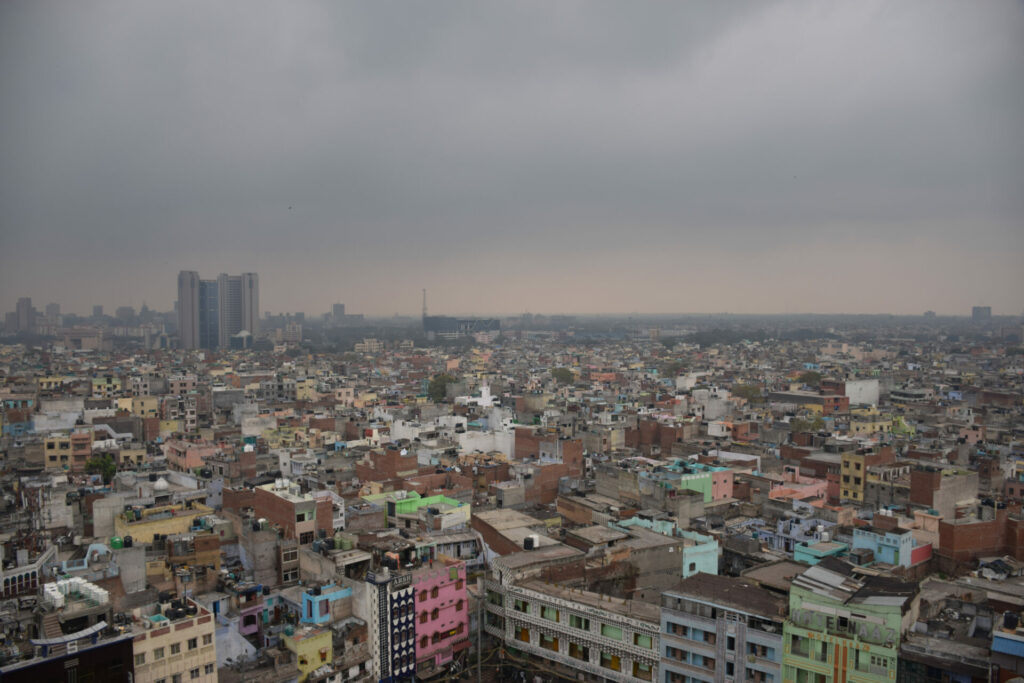
Other climate extremes have hit West Bengal and the north-eastern state of Mizoram where gales and lashing rains from Cyclone Remal, hit India and Bangladesh on Sunday, killing more than 38 people.
The Bangladesh Meteorological Department said the cyclone was ‘one of longest in the country’s history’ and blamed climate change for the severity.
Newspapers have published lists of does and don’ts based on doctors’ advice. People have been urged to stay indoors and wear light, loose cotton clothes – advice that is impossible for much of the city’s workforce to follow, including labourers and market stall sellers.
With India currently undergoing a general election campaign politicians have urged those coming out to hear them speak to bring wet towels, extra water to wet the towels again once they dry, and packets of oral rehydration salts.







